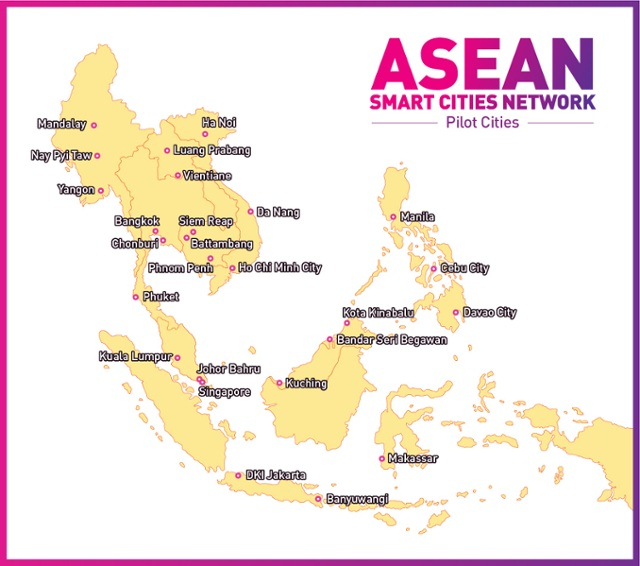
Singapore was recently declared as the top performing smart city in the world, outperforming major cities like San Francisco, Seoul, London and New York. Yet, this achievement can only be lauded if the move towards smart cities creates a net positive value for humanity and the planet.
There is no question that smart cities are in vogue with governments across the world today as the overall market size for smart cities is projected to grow from US$308 billion in 2018 to US$717.2 billion by 2023 globally. While this is an overall positive development for the world, we need to acknowledge the fact that if not done right, the rise of smart cities may turn out to be one of the toughest challenges of our time.
Smart Cities – polluting our future?
Alarmingly, up to 4.2 million deaths occur yearly as a result of exposure to air pollution and 91 per cent of the world's population currently live in places where air quality exceeds WHO guideline limits– and that is just for air pollution alone. The rapid rate of industrialisation, driven by the appetite for smart city development, is exacerbating the problem of pollution in many parts of the world. The proliferation of data centres and IoT control towers – core components of smart cities – places an incredible strain on existing infrastructure, leading a rise in carbon emission as well as land pollution.
As countries race ahead in their bid to accelerate smart city development through industrialisation, the environment and ultimately humanity is paying the price for this phenomenon. This is most clearly seen in Asia, where 99 of the world's 100 most polluted cities, hail from this region and environmentalists have sounded the alarm as pollutant levels continue to increase across Asia.
The answer to this challenge should lie in the smart cities themselves. By harnessing technology – the very same force that is driving smart city development and environmental degradation – we can tackle pollution right at its source. Through ideas such as leveraging existing infrastructures instead of erecting new ones, technology such as smart energy grids can be inbuilt to current buildings to collect, analyse and manage energy and other data.
Leveraging G2G collaborations
However, it is important to understand that technology alone will not solve the problem of pollution. Similarly, a smart city by itself will not impact the environment as much as a regional network of smart cities would. The problem of pollution is a global one and to address this, we need a collaborative approach between cities and countries so synergies between multiple parties can potentiate the environmental benefits of technology.
For instance, the recent Singapore-Nanjing Special Projects Cooperation Panel (SCNP) saw both cities signing agreements in water management and clean tech solutions in line with Nanjing's plan to curb pollution and drive the growth of the ecological economy. In doing so, solutions provider from the private sector will be able to tap on the advanced technological ecosystem in Nanjing, using it for test-bedding, and if successful, scaling it for the wider region.
G2G collaborations such as the SCNP allows cities to learn from one another, harmonising efforts while working towards one common goal. This will, in turn, cut down overlapping work while freeing up resources, ensuring only the most efficient and commercially viable solution is developed and brought to the market.
Some of the key drivers towards smarter and greener cities would also involve the agreement between governments to pass environmental-friendly mandates such as universal standards for green buildings. This requires significant efforts on the policy, legal and logistics front as it is often challenging to align two different bureaucracies. Transparency and constant communication will be vital for meaningful G2G collaborations, particularly around the development of common standards and approach towards addressing environmental issues.
Smart Cities Network (SCN) is currently working on the region's first 'Digitally-Twinned Smart Cities' which will be tested as a pilot project involving Singapore, Jakarta, Cauayan City (Philippines) and cities in the West Java Digital Province in Indonesia. It aims to address existing and emerging challenges of food and energy security issues, natural disasters, economic development, business and technology disruptions, as well as other global issues affecting the region. Through this, we hope to get insights and a better understanding of the current state of the cities, analyse the data captured, and subsequently develop solutions across the participating cities to address their problems. In doing so, we can improve the quality of life of the city dwellers, inject dynamism into the economy while minimising the ecological impact of our economic activities.
For more on how we can achieve smarter and greener cities, and what the future of such cities will look like, join me on my panel titled 'Future Cities – Building the Foundations of Smart Cities and Beyond' at ConnecTechAsia2019 Summit, Day 1, 18 June at Marina Bay Sands, Singapore.









